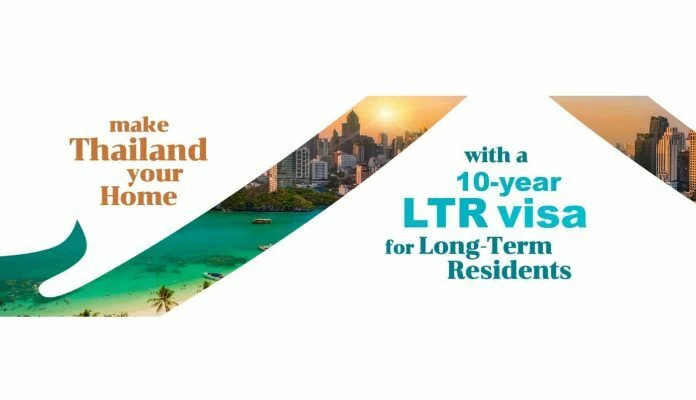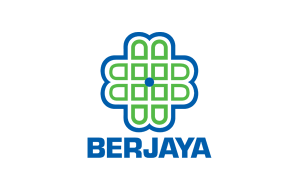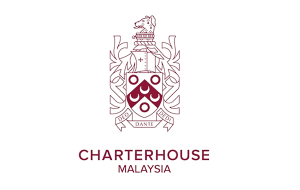The Government of Thailand is once again, making unsubstantiated claims regarding its 10-year, multiple entry Long Term Residence (LTR) visa programme.
The government still reckons the LTR programme will attract one million foreigners over five years and act as a catalyst to boost the nation’s tourism and promote economic growth in Thailand.
According to the VN Express yesterday, the secretary general of Thailand’s Board of Investment, Narit Therdsteerasukdi, announced that 2,800 foreigners have already applied for the new visas since its launch on September 1 last year, with retirees accounting for 35%. However, the figures just don’t add up.
If the 2,800 figure is used after six months as an example and doubled after a year it becomes 5,600 applicants. If that figure is multiplied by five then it amounts to 28,000, somewhat short of the predicted one million. Of course, using those figures is flawed because more people, in essence, could apply for the LTR. On the other hand, there is no guarantee more will apply when you look at the government’s unrealistic criteria.
To be eligible for the LTR visa program, foreigners must hold at least US$1 million in assets, have a validated annual personal income of a minimum of US$80,000 for the past two years and have an investment of at least US$500,000 in Thai government bonds, foreign direct investment or Thai property.
The visa is also open for retirees aged 50 years and older who have an annual pension or stable income of at least US$80,000 per year at the time of application.
The majority of foreigners dreaming about retiring to Thailand just don’t have that kind of money. And why would they take up that option when there are much more attractive, cheaper options in nearby Southeast Asian countries?
The Philippines launched a Special Investors Resident Visa (SIRV) late last year offering permanent residency to any foreigner who invests at least US$75,000 in business or securities.
Once a foreigner has invested in the Philippines, where it is much more fun, so The Thaiger is told, they are immediately awarded residency – something Thailand does not offer. The SIRV holder, their spouse, and children can freely enter and exit the Philippines whenever they desire, forever.
What about the others?
Cambodia has the Cambodia My Second Home visa, offering possible citizenship to any investor who generates US$100,000. Applicants must invest in property with the Khmer Home Charity Association. The visa offers a work permit, as does the Thai LTR.
Malaysia is offering a 20-year Premium Visa Program for an investment of US$220,000. The country also offers a Malaysia My Second Home for anyone at least 35 years of age, which has liquid assets equating to around US$320,000 and a monthly income of at least US$8600.
Singapore launched a five-year visa programme, the Overseas Networks & Expertise Pass (ONE Pass), in January. Applicants must have at least 700,000 baht fixed income per month and must demonstrate that they have been working for an established company overseas for at least one year.
Individuals with outstanding achievements in the arts and culture, sports, science and technology, and academia and research qualify for the ONE Pass, even if they do not meet the salary criterion.
Thailand still has lots of work to do if they want to attract one million foreign residents. Maybe lowering the criteria would be a start.
Source: The Thaiger https://thethaiger.com/hot-news/visa/thailand-still-pushing-its-unattractive-ltr-10-year-visa























